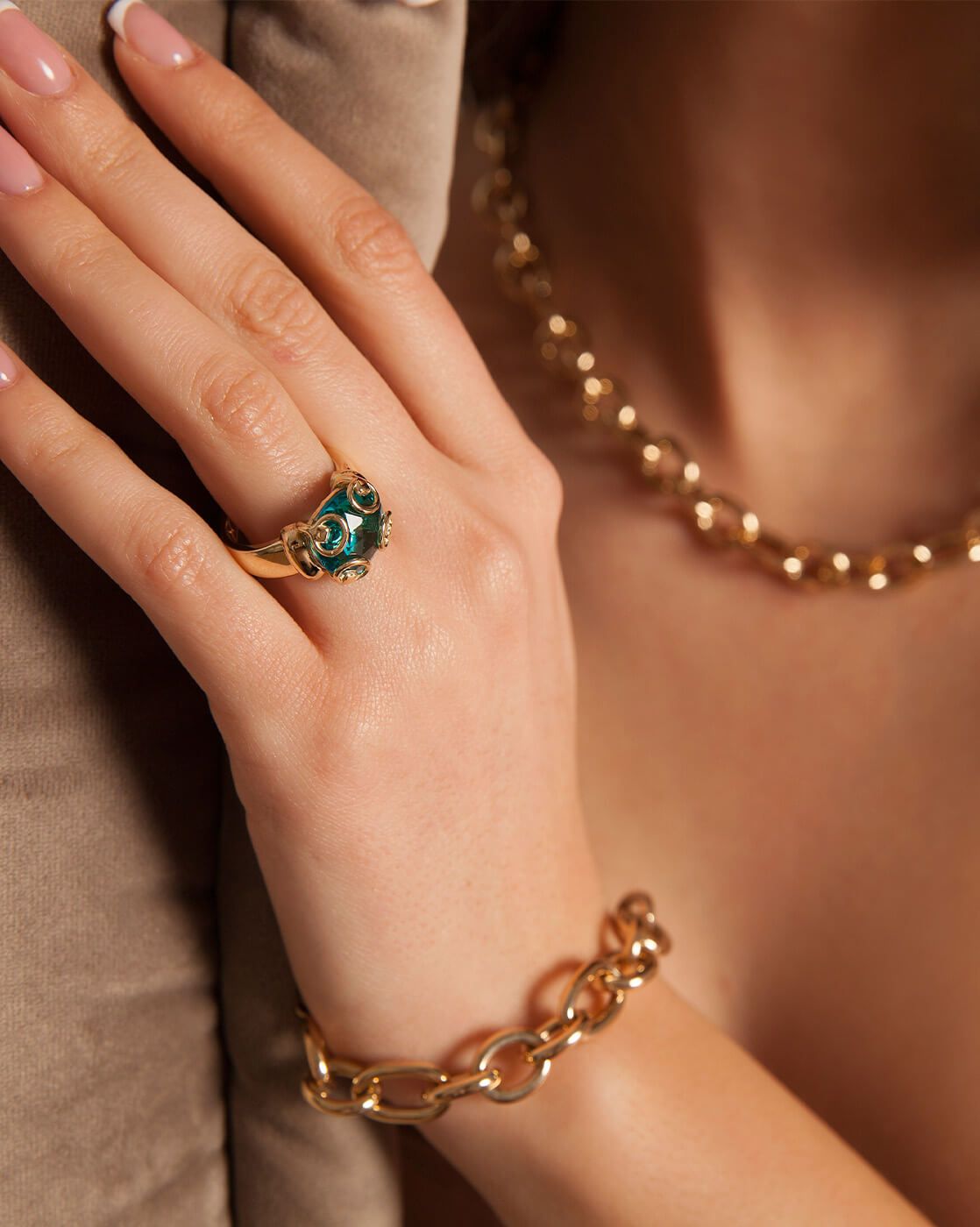Cookies Preference
Welcome to Rivoli Group! To enhance your experience, this website utilizes cookies. These cookies help us make our website and services more user-friendly and meaningful for you. Additionally, they allow us to gain insights into how our customers use our platforms. By using our website and services, you agree to our Privacy Statement. To learn more about how we handle your data, please read our Privacy Policy. Read More











